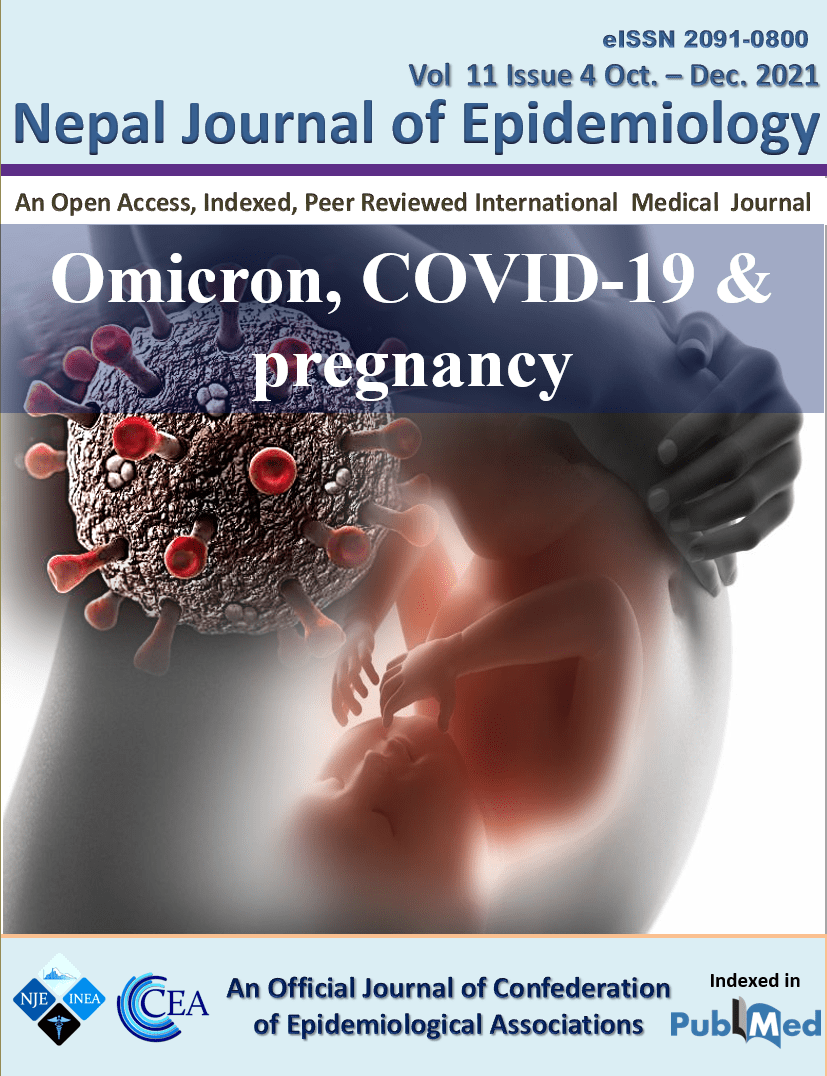A Similarity, does it necessary mean plagiarism? Stop intentional and exaggerated paraphrasing
DOI:
https://doi.org/10.3126/nje.v11i4.41137Keywords:
Plagiarism, Similarity, paraphrasingAbstract
During the last two decades, programs have been relied on to detect scientific plagiarism, as it is found that some authors use previous published results or scientific ideas without attributing them to their original authors. But the term similarity has been confused with scientific plagiarism. This led to the need for procedures that are not justified by intuition of mind, and led to the difficulty of conducting important research, unnecessary time wasting and difficulties.
Downloads
Downloads
Published
How to Cite
Issue
Section
License
Copyright (c) 2021 CEA & INEA

This work is licensed under a Creative Commons Attribution 4.0 International License.
- Upon acceptance Copyright on any research article is transferred in full to the Confederation of Epidemiological Associations (CEA) and International Nepal Epidemiological Association (INEA). The copyright transfer includes the right to reproduce and distribute the article in any form of reproduction (printing, electronic media or any other form).
- Articles in the Nepal Journal of Epidemiology are Open Access articles published under the Creative Commons CC BY License (https://creativecommons.org/licenses/by/4.0/)
- This license permits use, distribution and reproduction in any medium, provided the original work is properly cited.




